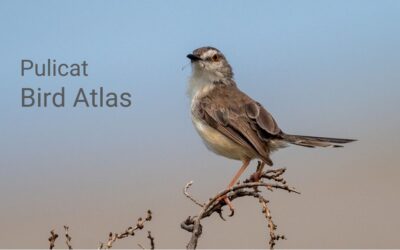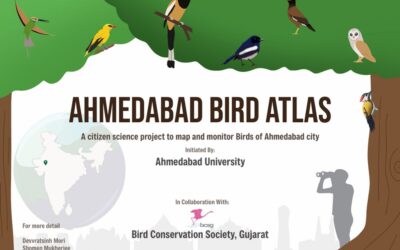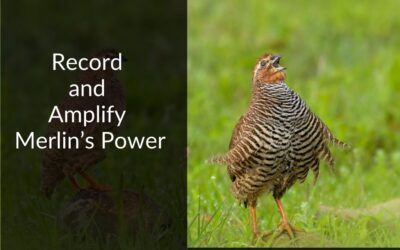The first season of the Hyderabad Bird Atlas brought together 209 dedicated bird enthusiasts who surveyed 180 subcells and recorded 195 species — laying a strong foundation for long-term monitoring of the city’s avian diversity.
Click on this PDF to know more.
The second season runs from 5th to 20th July 2025 — join us in documenting and celebrating the city’s rich birdlife! Register now through the Google Form to be part of this exciting effort.
About the Hyderabad City Bird Atlas
The Hyderabad Bird Atlas (HBA) is a citizen science project aimed at systematically documenting bird species in and around the city of Hyderabad. The project is modelled on successful bird atlases from Coimbatore, Mysore, and Kerala.
For the first time in Telangana’s birding history, all birding communities and birdwatchers across the state are uniting to conduct the Hyderabad City Bird Atlas.
Surveys will be conducted twice a year—in February (winter) and July (summer)—over a minimum period of three years. The Outer Ring Road (ORR) marks the boundary for the survey.
Various habitats, including woodlands, grasslands, wetlands, natural open areas, and urban landscapes, will be randomly selected for the survey.
Survey Design:
- HBA will cover 11% of the city
- City is divided into grids of 6.6 km x 6.6 km. Total 45 grids
- Each grid is further divided 4 quadrants and 36 subcells (1.1 km x 1.1km)
- 4 random subcells (1 per quadrant) are picked for sampling (4 out of 36)
- Total subcells needed to be sampled are around 180 (4X45)
- 4 checklists of each 15 minutes are created from each subcell(4X15X180 = 10800 minutes (180 hours)
- Total checklists for a season 720 (4X180)
Survey Protocol:
- Teams must consist of 2 to 5 birders, including at least one expert, with others assisting in spotting and recording.
- Each sub-cell requires four 15-minute checklists (1 hour total), with species recorded and uploaded to eBird as traveling lists. If walking is not possible, a stationary list can be used.
- In each checklist, the Sub-cell number, List No, Team No, Name of observers, Locality/area name, Habitat, and other details should be mentioned.
- All teams to share all checklists with this group eBird account: hydbirdatlas
- Teams should aim to cover all habitat types in the sub-cell.
- While one team can complete all four checklists, it’s preferable to share the task, especially for adjacent sub-cells.
- To avoid bias, the same team should not survey the same sub-cell in later seasons or years.
- Surveys should ideally be spread over multiple days to minimize weather-related bias, but teams may cover all sub-cells in one day if necessary.
- Surveys are generally between 06:00 and 09:00, extendable to 10:00 if needed.
- If checklists are affected by factors like rain or disturbances, sub-cells should be resampled, with decisions made by the coordinator and lead birder.
- All checklists must be conducted on foot.
Whether you’re new to birdwatching or an experienced birder, anyone can be a part of this initiative.
Register as a volunteer and/or as a coordinator for the Hyderabad Bird Atlas
https://forms.gle/Ycp83GCXxTqpxmof6
For any questions or queries, please email: hyderabadbirdatlas@gmail.com
Follow Hyderabad Bird Atlas on social media:





Very good idea. I will make others join